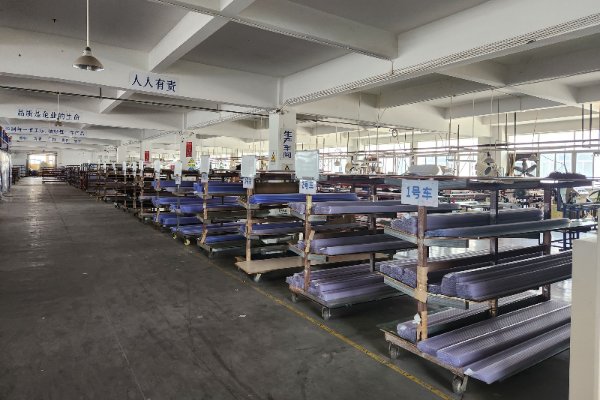Introduction to Wall Niches
Wall niches, originating from traditional Chinese architectural decoration, are recessed spaces or small compartments built into walls. They are typically used for placing statues, artworks, decorative items, or practical objects. Wall niches are not only decorative but also functional, providing additional storage or display space without occupying floor area. In modern interior design, wall niches are widely used in various settings, including homes, offices, and public spaces.
Application of Wall Niches in Bathrooms
The use of wall niches in bathrooms can greatly enhance both aesthetics and functionality. Here are some common applications:
Storage Space: Wall niches can be installed to store toiletries, towels, toilet paper, etc., making them easily accessible and keeping the bathroom tidy. For example, a waterproof niche in the shower area can hold shampoo, shower gel, and other bath products.
Decorative Purpose: Placing decorative items such as small potted plants, scented candles, or artworks in wall niches can add a touch of warmth and elegance to the bathroom.
Lighting Design: Installing hidden LED strips inside wall niches can provide both illumination and soft ambient lighting, enhancing the overall visual appeal of the bathroom.
![1719547457931224.png 1000000348.png]()
Application of Wall Niches in Offices
In office settings, wall niches can improve the functionality and aesthetics of the work environment. Here are some specific applications:
Display Area: Wall niches in reception areas or conference rooms can be used to display company trophies, certificates, plaques, or product models. This not only beautifies the space but also showcases the company's culture and achievements.
Storage Space: Wall niches in work areas or corridors can be used to store books, files, office supplies, etc., making them easily accessible while keeping the office space organized.
Decorative Design: Placing artworks, plants, or other decorative items in wall niches can enhance the overall aesthetic of the office and create a comfortable and pleasant working atmosphere.
Concealing Equipment: Office equipment such as printers or routers can be placed in wall niches, reducing their footprint and maintaining a clean and orderly office environment.
Brief Introduction to the Production Process of Wall Niches
The production of wall niches requires certain craftsmanship and steps to ensure their aesthetic and practical value. Here is a brief overview of the process:
Design and Planning: Determine the size, shape, and location of the niche according to needs and space characteristics, and draw detailed design plans.
Wall Cutting: Mark the position and size of the niche on the wall according to the design plans, and carefully cut and chisel out the required recess using cutting tools.
Internal Treatment: After chiseling, treat the interior of the recess, including smoothing, dust removal, and waterproofing if necessary, especially in moist environments like bathrooms.
Structural Reinforcement: If the niche is intended to hold heavy items, install a supporting structure such as a metal or wooden frame inside the recess to enhance its load-bearing capacity.
Surface Decoration: Decorate the interior and edges of the niche according to the design style using materials such as tiles, marble, wood, or other decorative materials to achieve a beautiful effect.
Lighting Installation: If the design includes lighting, install hidden lights or LED strips inside the niche to provide soft lighting effects.
Final Cleaning: After installation, clean the niche and surrounding areas to ensure the entire space is neat and aesthetically pleasing.
![1684155483370523.jpg]()
Conclusion
As a unique design element, wall niches have a wide range of applications, adding both functionality and beauty to spaces. Whether in bathrooms or offices, well-designed and meticulously crafted wall niches can effectively utilize space, creating environments that are both practical and visually appealing.










